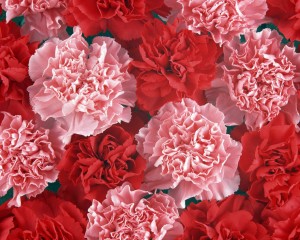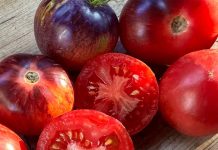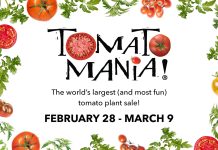 A very long time ago a plant settled into its muddy grave only to find the light of day 125 million years later as the oldest flowering plant fossil found so far.
A very long time ago a plant settled into its muddy grave only to find the light of day 125 million years later as the oldest flowering plant fossil found so far.
Archaefructus sinensis seems to have originated in shallow water habitats, gracing the landscape where dinosaurs had roamed. As they sipped from the watery pools, the giants of the land probably leaned their massive heads right next to this ancient flowering plant. Flowers have been around for a very long time, the plants existence dependent on the romance of its bloom and the pollinator. Every stem and its seductive flower petals beckon pollinators to increase the plants chance for reproduction, seeding future generations.
As humans, we engage in their beauty, wooing ourselves with their opulence of colors and intoxicating scents. I couldn’t imagine a world without flowers. Even the stark arid conditions of a desert hold tiny little petal jewels that open up to the cloudless sky. When the pollen finally makes it mark, a fruit is born, holding the genetic secrets of its flowering parent in its seed.
Many fruits are wonderful to eat, but culinary chefs know the flowers that started it all make delicious additions to their creations.
The use of edible flowers can be traced back thousands of years. For example, the flower buds of a Mediterranean evergreen shrub that have been used as a condiment for over 2,000 years in Europe. Dandelions as bitter herbs can be found described in the Old Testament of the Bible. And the Chinese and Greeks have used edible flowers such as daylilies and chrysanthemums for centuries.
The Romans used mallows, roses and violets in a variety of their cuisine. Middle Eastern and Indian cultures both utilized flower cookery. In North America the Native Americans used flowers such as the elderberry for medicinal purposes as well.
Whether for medicine or a source of food, edible flowers are healthy. Cooking and garnishing with flowers has been working its way into every modern kitchen not only for flavor, but for a touch of elegance.
Using edible flowers is easy, but requires a little knowledge of which ones are edible and the tastes they bestow. The secret is basically keeping the dish simple so the delicate flowers are not overpowered by too many other flavors. Keep in mind not every flower is edible.
A good reference book, simple to use with nice photos, is Eat Your Roses by Denise Schreiber. With clear, short descriptions of the flower with its flavor and aroma, uses and cautions, the book is perfect for all kitchens.
For every day life here in Newport, a backyard garden can host these edible blooms such as lavender, thyme, dill, cilantro, day lily, squash blossoms, Nasturtiums, chives and basil.
The funky looking artichoke we call a vegetable is technically a bud and when mature opens to a pretty purple flower. The flower, however, due to a lack of flavor, is not considered part of the edible flower list.
Carnations have a wonderfully sweet taste and the miniature variety has a clove-like nutmeg scent.
Word of caution: never eat flowers from florists, nurseries or garden centers even if they are of the edible variety. Heavy pesticides not labeled for food crop could be lurking on each petal.
To use edible flowers, wash them thoroughly and introduce them into your diet in small quantities one species at a time. Too much and digestive disturbances might happen. Remove the pistils and stamens (the middle of the flower) before eating. And separate the flower petals from the rest of the flower just before it’s needed to keep wilting at a minimum. Crystallized or candied is a sweet way to enjoy many of the petals. Use as a garnish with a gelatin paste to hold the flowers on the cheese; or simply as added flavors such as basil where the flower holds a more pungent taste than the leaves.
Even the beautiful rose, with its lovely scent and velvety petals (the bitter white portion removed) can be used to please the palate in many desserts and teas.
Contact Gina at Ima_gina_tion@yahoo.com.




